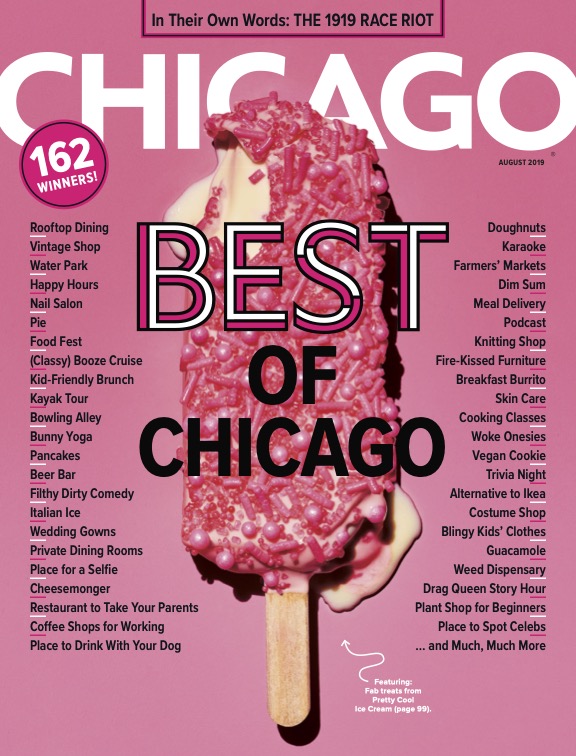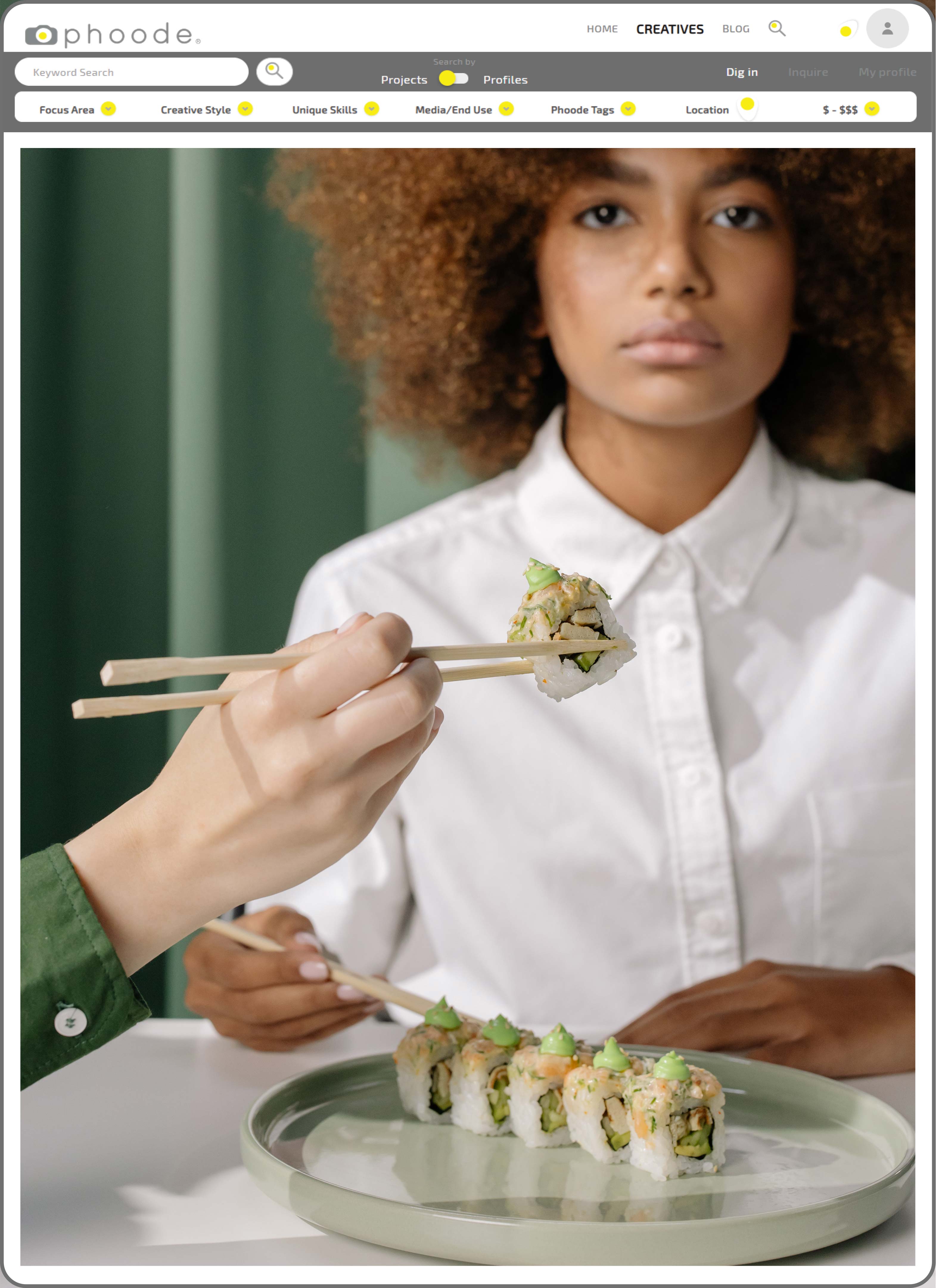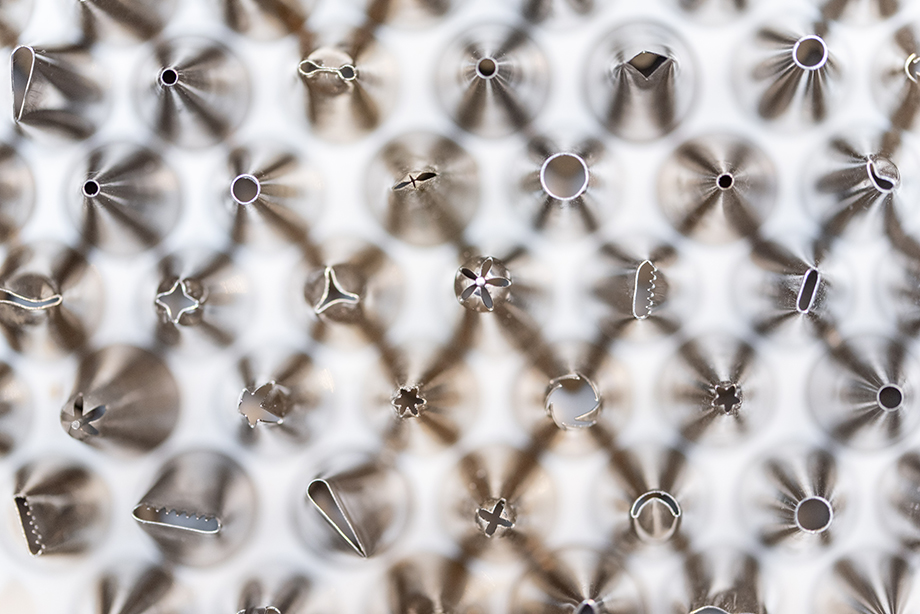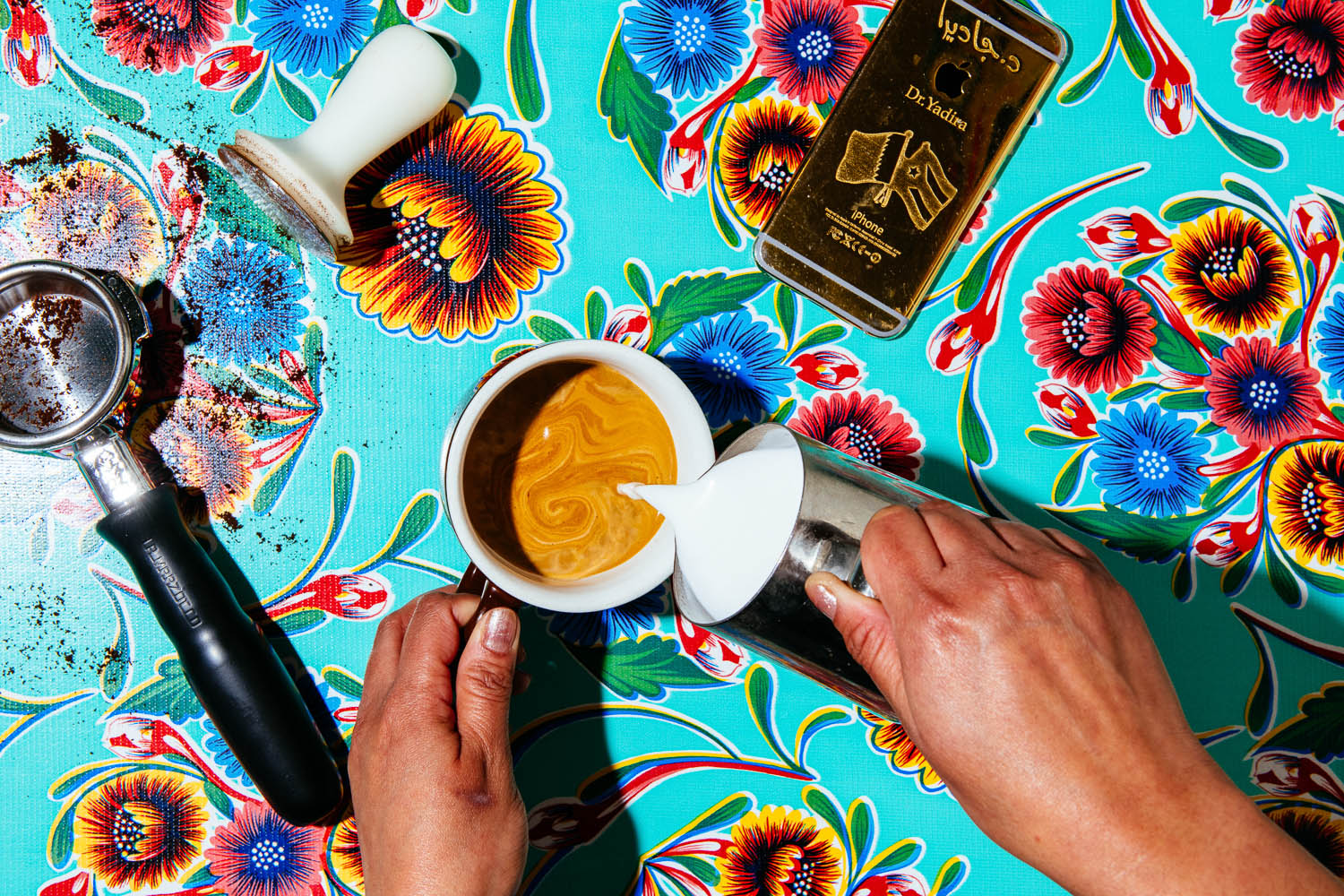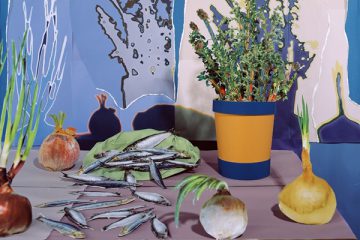Specialty: What is Food & Drink Photography?
Instagram and influencers brought along a constant stream of sepia-toned morning lattes and high-contrast avocado toasts. But what is food photography? What does it mean to be a professional food photographer? What are the major publications and brands that a food photographer seeks? And how do you find a reputable food photographer to help your food & drink-centered business stand out?
Table of Contents:
What is Food & Drink Photography?
How to Be a Food & Drink Photographer
What are some Food & Drink Publications?
What are some Food & Drink Brands?
How to Hire a Food & Drink Photographer
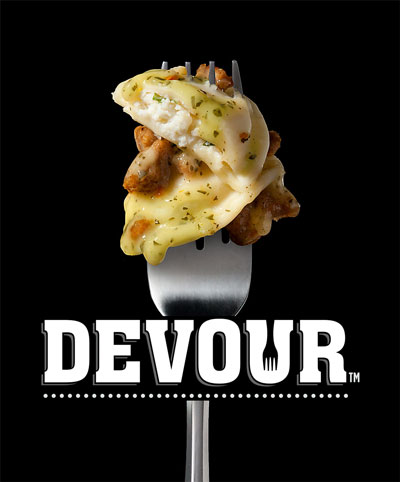
What is Food & Drink Photography?
We define food photography as depicting it as “a product or an experience, including showing it being grown, prepared, served, consumed.”

Food & drink photography can be editorial (like cookbooks and magazines) and commercial (like packaging and advertising). This specialty can overlap other specialties, such as travel photography, product photography, restaurant, and hospitality, or even portraiture of the chef, staff, and customer base. Then there are all the different types of food, baked goods, dry goods, hot goods, cold goods, etc. As a result of this overlap, a successful food photographer will need at least some experience doing many if not all of these aspects.
Food photography as an experience creates a feeling for the viewer and will typically involve some sort of lifestyle photography as well. Some of the usual feelings incurred by this photography is a sense of nostalgia or a sort of lust for the “experience” being portrayed. Take, for instance, this advertisement Motofish shot for Smithworks.
Food photography as a product is more focused on accessing the viewers’ other senses through the imagery, whether that’s smell, taste, touch or hearing. You look at those images and instead of the story, memories, and wishful thinking, you get the smoke wafting through the air, the imaginary flavors on the tip of your tongue, the textures in perfect harmony, and the sizzling of the grease echoing in your ear.

Palm Bay, Florida-based editorial and commercial food photographer Suzanne Clements began her creative journey with a “challenge accepted” attitude:
Suzanne Clements: “A friend of mine told me that food photography was among the hardest types of photography to master … I decided to find out if that was true.”
Food & drink photography is in fact hard, but the main reason is that a lot more goes into it than one might think. The first thing a good food photographer needs is passion — something Chapel Hill, North Carolina-based food and travel photographer Lauren V. Allen has for her craft in spades.
Lauren V. Allen: I love the intersection of food and people and the stories that exist in that space. There is so much to learn since food is an uniter, which is what truly led me to food photography. I also really love the color and textures of food and drink, which led me to get into more commercial work.
San Francisco-based food & drink, travel, and design photographer Joseph Weaver is known for his more journalistic approach to food photography, and he definitely has a soft spot for the collaborative nature of the craft.
Joseph Weaver: I think it’s hard to take a good picture of anything unless you have a real interest and connection to it. I spent a good chunk of my life working in restaurants and seeing (in painful detail) how much can go into the preparation of one dish that might be eaten in just a few minutes.

Food can be absolutely beautiful, but capturing that beauty (before it fades) can be incredibly difficult.
What’s more, it’s just as difficult to tell the story behind and surrounding the food. However, the more you work with it and the people who make it, the better you can frame it within that context. Austin, Texas-based lifestyle and food & drink photographer Jody Horton especially excels at this aspect of food photography.
Jody Horton: I like the inherent storytelling elements of food, the passion people have for it, and its universal appeal. The love of food is something everyone can relate to.

Restaurant, food, and portrait photographer Andrew Lee has a specific love for the complexity of the entire dining experience.
Andrew Lee: I started my career in weddings, families, and portraits. A friend of mine asked if I wanted to try my hand at shooting a restaurant — so I did. Everything seemed to fall into place after that. I was attracted to every aspect of restaurants: food, staff, interiors, everything it takes to put the food on a plate. So after about two years, I stopped shooting weddings and moved exclusively to food and portraits. It’s the best decision I’ve made.
Beijing-based food and travel photographer Cherry Li found food photography after years of shooting beauty and portraiture. She had just moved to a new country and began throwing dinner parties to make new friends. This soon evolved into a small catering side-business for her giving her a nice peek into the world of food.
Cherry Li: I think the same principles of success apply to food photography as anywhere else. Love your process obsessively, continually hone your craft, and always play with your food.
Honing this process is essential to being a good food and beverage photographer.
What are some Food & Drink Publications?
There are countless options when it comes to publications looking to feature restaurants, recipes, and big players in the food and drink industry. From the New York Times to CNN, if there’s a story, they’ll need imagery. However, finding options that might supply you with more consistent projects could be a bit more difficult. Some major food & drink photography publications are Taste of Home, bon appetit, and Food & Wine. These publications require a constant stream of food and drink-related content.

What are some Food & Drink Brands?
Some brands that come to mind immediately are McDonald’s, Pizza Hut, and Jack Daniels. You may think McDonald’s and Jack Daniels don’t have much in common, and … you’d be right. Food & Drink photography is incredibly diverse and requires its participants to be extremely adaptable. Shooting food & drink photography for a massive commercial brand will look very different depending on their brand story and style. Finding a brand that already clicks with your photography style might take some digging. On the bright side, curating your portfolio to reach the clients you aspire to isn’t so difficult when you have decades of reference imagery from said brands.
How to Be A Food & Drink Photographer
Food shoots, first and foremost, require a ton of planning, from scheduling product shipments, sourcing specialty items, assembling crew, and inventorying to shot order. Pre-shoot logistics are a major factor in a successful shoot, and a food photographer’s motto is to always be prepared:
Suzanne Clements: I like to have back-ups of everything on a professional-client shoot. We’re talking about a job that can cost the client upwards of $10k, and I really don’t want to be the reason that shoot doesn’t happen. So multiple cameras, multiple lenses (dupes), and multiple lights, and modifiers, even if I just need one. Murphy’s Law states that if something can go wrong, it will, so having dupes means YOU won’t be the reason a shoot shuts down. ALSO, BACK UP AT ALL TIMES. I bring two hard drives to a shoot: one I capture to, the other it backs up to.
And of course, you need to make sure you have the necessary equipment. For instance, if you do a shoot for the pizza-delivery magnate Pizza Hut, a conventional oven won’t cut it. Cincinnati, Ohio-based Teri Campbell, named one of the best advertising photographers in the world by Archive Magazine, believes that one of a food photographer’s greatest assets when booking a shoot is the equipment they have on hand.
Teri Campbell: Studio space is also a consideration, but probably not what it once was. Especially after the pandemic — clients were already becoming more comfortable with in-home studios, or vanilla rental spaces — but it can depend on the client. Having a beautiful space that sets the tone for a creative adventure available to you at any time can be an advantage still.
Jami Clayman for Pizza Hut
Teri has had more than three decades of experience as a food photographer, and when asked what he wished he’d known when he first began his journey, his answer was unexpected:
Teri Campbell: I think it’s important to find your voice, your vision. To recognize you are an artist and not everyone will like your art, but that’s okay. And if you choose to become a commercial food photographer (shooting for menus, packaging, or advertising), understand that it is a commitment to lifelong learning, adapting, and marketing yourself. As they say, nothing stays the same. Even after 30 years in business, I find that I still need to continue adapting to the market with my style and the marketing of my business.
Suzanne Clements’s answer focused on the meaning of the image for the photographer:
Suzanne Clements: My advice would be to learn to look more critically at images that inspire you and work to dissect and identify what it is about that image that really pulled you into it in the first place. Maybe it’s the lighting, the set, the way the food was placed on a plate, or how gooey, crispy, fresh, etc. it looks. Sometimes, it’s all of those things.
Figuring out where to start can be daunting. Ideally, all of these things should come together to help the food sing. However, you need to have a good foundation. Understanding what the imagery is meant to convey, marrying that with what you’d like to see, and having the technical skills and passion to achieve that marriage is key.
For instance, when Andrew Lee began his food photography journey, he had the vision and the passion, but was missing a key technical skill.
Andrew Lee: When I first started out, I was using all-natural light. When I had situations that required lighting, I was unable to make it look like my natural light work. If you can start using lights and still achieve the same look, it will be a much easier edit and provide more consistency to the look and style of the photos.
Honing these skills and developing your process are the only way you’ll be able to translate your voice and deliver the clients well. Food photography at its core is planning and preparedness while maintaining the ability to keep growing and learning.
How to Hire a Food Photographer
Photographing baked goods or a restaurant requires quite different skill sets, just as do editorial and commercial work. Ensuring that the food photographer of your choice has experience doing what you need them to is key. You should be able to tell almost immediately what your photographer specializes in. If you don’t see what you’re looking for, move on.
For instance, on conceptual food and drink product photographer Jessica Ebelhar‘s website, you can see exactly what the majority of her imagery looks like and achieves. So when Louisville Vegan Jerky Company hired her, they did so because of the look and feel of her work.


Teri Campbell: It’s important to hire someone who has done it before and can anticipate the challenges and respond without blowing the budget — or worse, being unable to complete the assignment. You’ll also need someone who has the right equipment for the job. I’m not talking about cameras. I mean the fryers, pizza ovens, freezers, or other specialized equipment that may be required for your product.

Creating a rough “mood board” for what you’re looking for will also help you draw comparisons to the photographers’ work. Knowing exactly what you want will not only help you choose a photographer, but will help the photographer know what they need to bring to the table (ha!).
Cherry Li: If you’re a start-up or restaurant hiring a photographer directly, it’s always helpful to send your prospective photographers reference images and ask the photographers what it takes to accomplish those images. Whatever amount of time a client thinks it takes to shoot an image, the reality is probably quintuple that time.

Once you know they can deliver what you need, you can start considering whether they can take it further.
Lauren V. Allen: Look for food & drink photographers who are doing new and interesting things. Look for use of light and color, who photographers collaborate with, and don’t be afraid to take a risk and offer younger photographers that opportunity to bid on a job. I’d tell clients you really get what you pay for when it comes to the quality of the photography, so be ok with making the investment in your brand to have high-quality photography done.
Who a photographer works with can be just as important as the photographer themselves. Food photography really is a team sport, and the food stylists’ skills could potentially make or break a shoot. Consider asking who they typically use and review their work separately. You’ll also want to be able to check a few boxes, no matter what they’ve got on their portfolio. Making sure their lighting is on point, their portfolio is cohesive, and their experience is comprehensive are the basics.

Suzanne Clements: Definitely check out their website and make sure you love the way the light hits the food. Half of the job of creating that image is the photographer’s eye for shaping light, creating a mood, and setting that feeling of what time of day it is, what season it is, etc. If the work on their site seems fine but doesn’t sing for you, keep looking.
Joseph Weaver, having worked with many independent restaurants knows that his ability to wear various hats during a shoot makes his portfolio shine.
Joseph Weaver: Many clients will have a solid idea of what they are looking for, but many just know that they need content and you are the person tasked with creating that amazing content for them. If they have a shot list in mind that’s great, but many times I will be in a situation where I need to scout the location and create my own shot list. The restaurant might have a branding guide, but some will not. That means I need to do some real research into their collateral and create my own before the shoot to make sure everything is just right. It might seem like more work, but it is a huge part of the creative process that we often miss when we have the luxury of delegating these components to others.
And of course, make sure the food on their website makes your mouth water.
Andrew Lee: The one thing I really strive to achieve in my work is authenticity and making the subject look appetizing and delicious.
This article was originally published at wonderfulmachine.com





